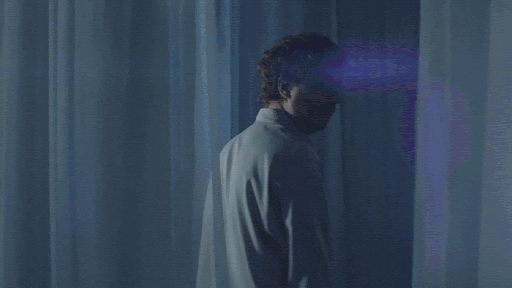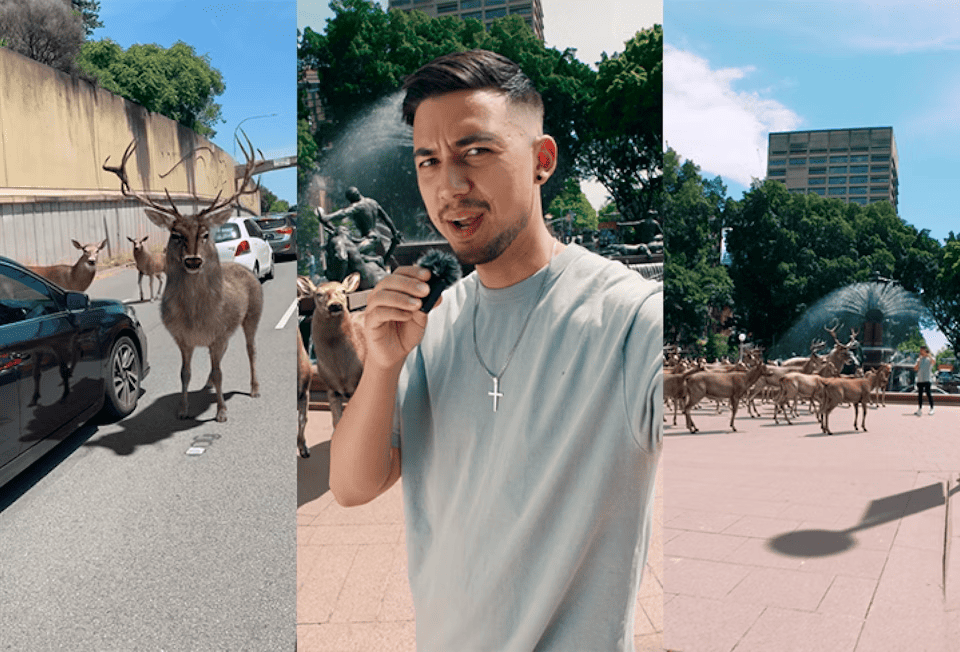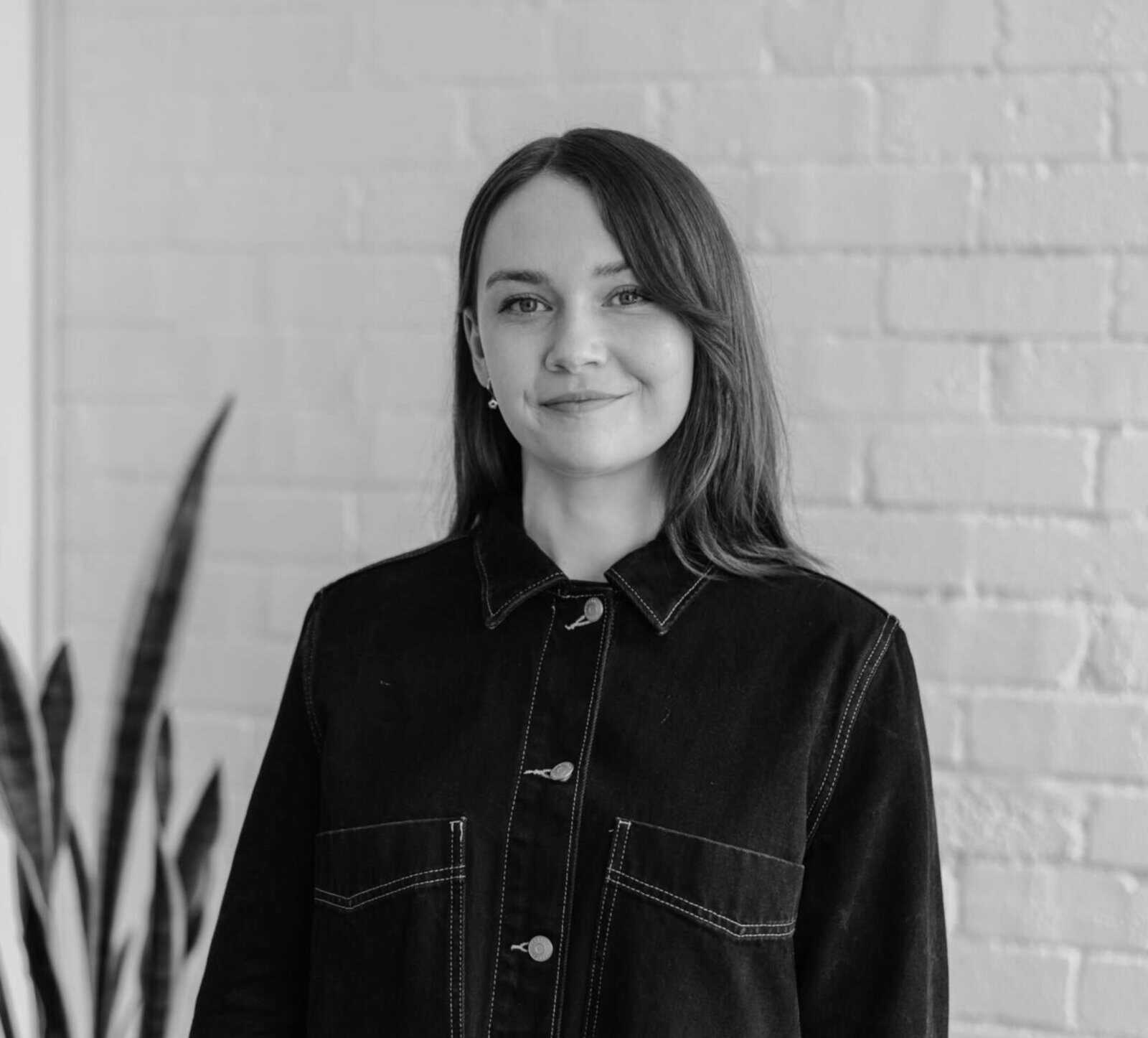By Lucinda O’Brien, senior creative strategist, Amplify
Over the last few years, we’ve seen a rise in campaigns breaking formats and bending reality all in the name of fun. Whether it’s a fake celebrity ambassador, mixed reality stunt, anamorphic billboards, or all the other ways we can break formats – these campaigns gain traction by challenging the status quo to create something unexpected in our everyday lives.
Fake celebrity ambassador
Last month’s Michael Cerave Super Bowl campaign invited speculation from the very beginning. From manufactured paparazzi shoots, influencers pretending to be confused and a fake DTC website that touted Cera as the visionary with vision–it all played with the tropes of an industry crowded by celebrity. In turn, the campaign reinvigorated a core brand truth: CeraVe is developed with dermatologists.
Those in the comments sections across campaign channels suspected a game was afoot and Cera was in on the joke. All was revealed in an interview with Fallon, where Cera revealed how surprised he was that he secured the brand deal because of his name, despite not having any social media presence or even owning a smartphone. More broadly, the campaign shows that we’ve entered a new level of heightened self-awareness and illustrates what fun can be had in playing with what’s real.
Gen Z knows the game
Focusing on Gen Z for a moment: We know that they are incredibly influential and aware when it comes to marketing. So much so that they see through classic advertising mechanics and analyse the inner workings of campaigns on TikTok. Gen Z knows the rules of the game and they know the fun of breaking them.
Keeping this in mind, we can also consider the way that Gen Z has grown up alongside emerging technologies like AR and immersed in digital worlds. There is a sense of play and discovery in figuring out whether something is digital or physical–exploring the very nature of what it means for something to be real.
Faux OOH
Case in point: the rise of faux out of home (FOOH) content and CGI stunts that have appeared on Gen Z’s feeds over the last year. Coined by Ian Padgham, a Californian digital artist, this new visual medium brings a concept that could exist to life through CGI.
Think the Maybelline Train with lashes, Jacquemus’ bag on wheels, or Big Ben adorned in North Face. I’ve also seen FOOH locally with a Giant Red Frog floating above Bondi Beach from Allen’s and, more recently, a serum from The Ordinary sailing down Sydney Harbour. The Ordinary stunt was part of a larger global campaign that paired CGI across key markets with a physical oversized serum bottle in London to challenge comprehension and question what’s real.
We also took this approach at Amplify when partnering with Netflix on the release of original film, Leave the World Behind. The social-first campaign disrupted Australians’ feed through CGI stunts designed to fuel curiosity and second-guess whether an ominous herd of deer really were appearing throughout Sydney. The CGI stunts culminated with two creators capturing the same fictional moment from different angles, evolving the format and making people question their reality.
As a format, FOOH provides an opportunity to defy the laws of physics, leverage CGI to make budgets go further and build relevance against iconic cultural backgrounds to slow the scroll and engage a younger audience. This isn’t about breaking consumer trust but rather about blurring the lines of reality in the name of entertainment and bringing your audience along for the journey.
Anamorphic billboards
Beyond FOOH, we have also seen the way that anamorphic billboards use buildings as the perfect backdrop to blur the lines of reality–bringing something new to a space that has blended into the everyday. Afterpay activated its partnership with David Jones through Amplify with the “In Bloom” campaign, which included CGI content on the exterior and interior of David Jones stores as well as a FOOH takeover of the David Jones flagship in Sydney.
What’s next?
Looking ahead, we can consider what participation and co-creation could look like in these campaigns as the approach continues to evolve. Right now, key talent is being featured to create and share the content. However, the audience’s role could continue to go beyond speculation and basic engagement and begin to offer opportunities for co-creation that could lead to a more in-depth level of participation.



